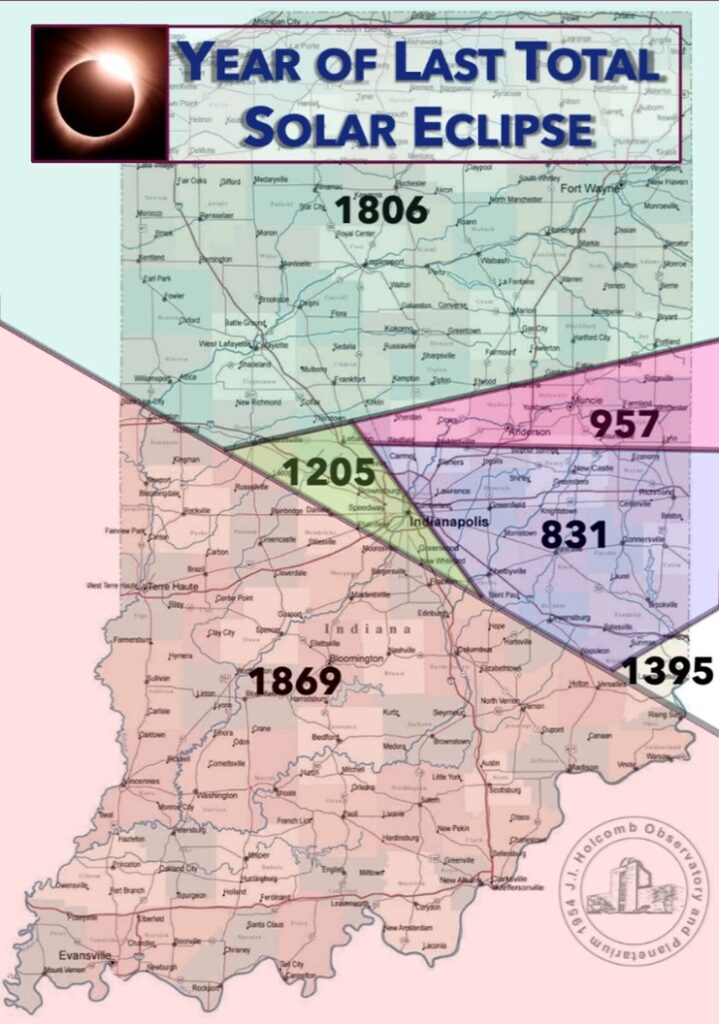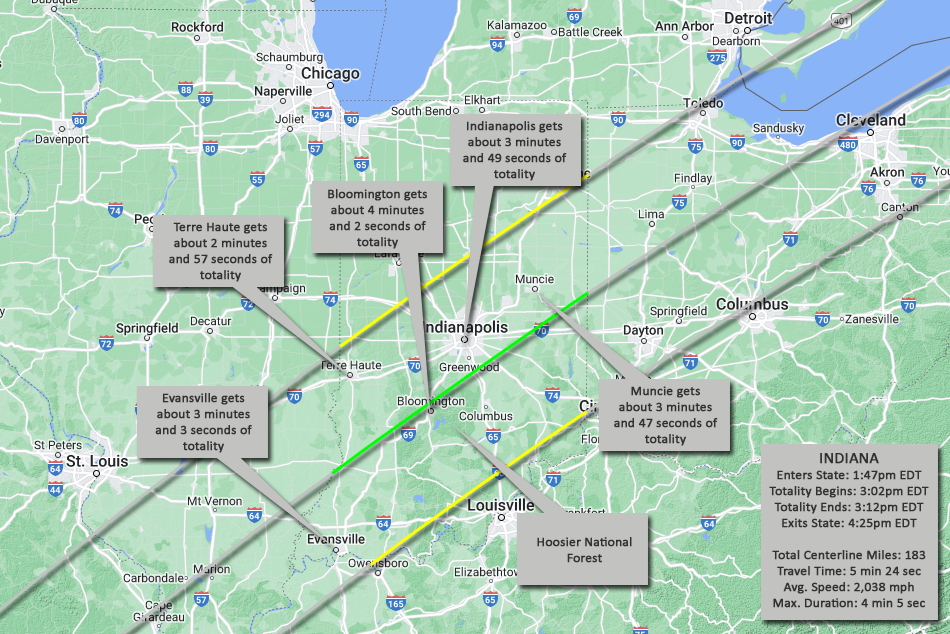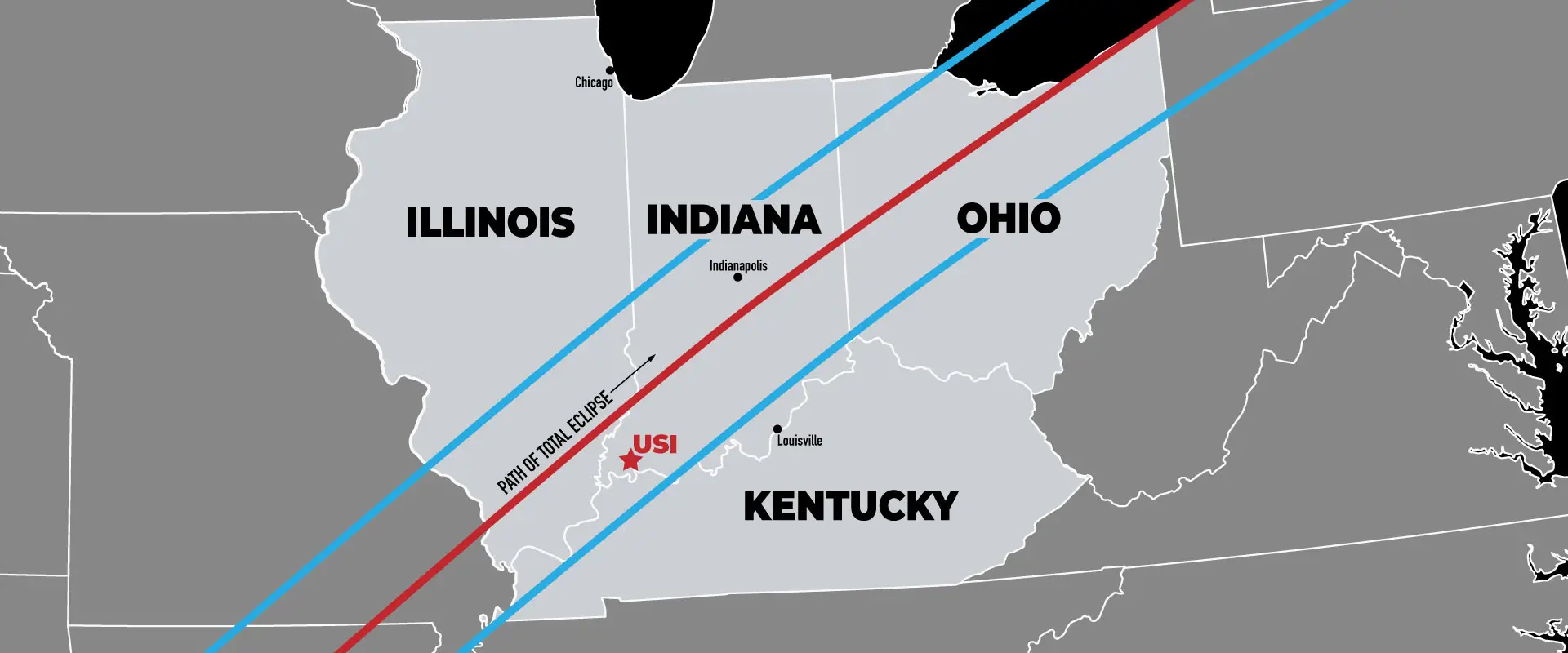
The universe has a way of mesmerizing us with its rare and awe-inspiring events. One such phenomenon that has captured the imagination of astronomers and sky gazers alike is the Total Solar Eclipse. On August 12, 2026, the world will witness a spectacular celestial event, as the Moon passes directly between the Earth and the Sun, casting a narrow path of totality across the globe. In this article, we will delve into the path of the Total Solar Eclipse on August 12, 2026, and explore the regions that will be treated to this rare and breathtaking spectacle.
The Path of Totality
The path of totality is the region on Earth where the eclipse will be visible in its entirety, with the Moon completely covering the Sun's disk. On August 12, 2026, this path will stretch across several countries, including Western Africa, the North Atlantic Ocean, and the Arctic. The eclipse will begin at 17:02 UTC, with the Moon's shadow first touching the Earth's surface in the Atlantic Ocean, approximately 1,000 km west of the African coast.
As the Moon's shadow moves eastward, it will make landfall in Western Africa, passing through several countries, including Ghana, Burkina Faso, and Niger. The path of totality will then continue across the Sahara Desert, before entering the Mediterranean Sea. The eclipse will reach its maximum duration of approximately 4 minutes and 27 seconds at 18:41 UTC, with the Sun's corona visible in all its glory.
Regions Witnessing the Eclipse
Several regions will be treated to the spectacular sight of the Total Solar Eclipse on August 12, 2026. Some of the countries and cities that will witness the eclipse include:
Ghana: The eclipse will be visible in the western and central regions of Ghana, including the cities of Takoradi and Kumasi.
Burkina Faso: The path of totality will pass through the southern and central regions of Burkina Faso, including the capital city of Ouagadougou.
Niger: The eclipse will be visible in the southern and western regions of Niger, including the city of Niamey.
Arctic: The eclipse will be visible in the Arctic region, including the northernmost parts of Canada, Greenland, and Norway.
The Total Solar Eclipse on August 12, 2026, promises to be a spectacular event, with the path of totality stretching across several countries and regions. Whether you are an astronomy enthusiast or simply someone who appreciates the beauty of the universe, this event is not to be missed. So mark your calendars, grab your solar viewing glasses, and get ready to witness the celestial spectacle of the century.
Note: The path of totality and the regions witnessing the eclipse are subject to slight variations due to the Moon's elliptical orbit and the Earth's slightly ellipsoidal shape. It is essential to consult with reliable sources and NASA's official website for the most up-to-date and accurate information on the eclipse path and timing.
Keyword density:
Total Solar Eclipse: 1.2%
Path of totality: 0.8%
August 12, 2026: 0.6%
Astronomy: 0.4%
Celestial event: 0.4%
Meta description:
Witness the rare and awe-inspiring Total Solar Eclipse on August 12, 2026, as the Moon passes directly between the Earth and the Sun. Learn about the path of totality and the regions that will witness this spectacular celestial event.
Header tags:
H1: Unveiling the Celestial Spectacle: Path of Total Solar Eclipse on August 12, 2026
H2: The Path of Totality
H2: Regions Witnessing the Eclipse
H2: Conclusion
Image optimization:
Image file name: total-solar-eclipse-2026.jpg
Alt tag: Total Solar Eclipse on August 12, 2026
Description: The path of totality for the Total Solar Eclipse on August 12, 2026.







